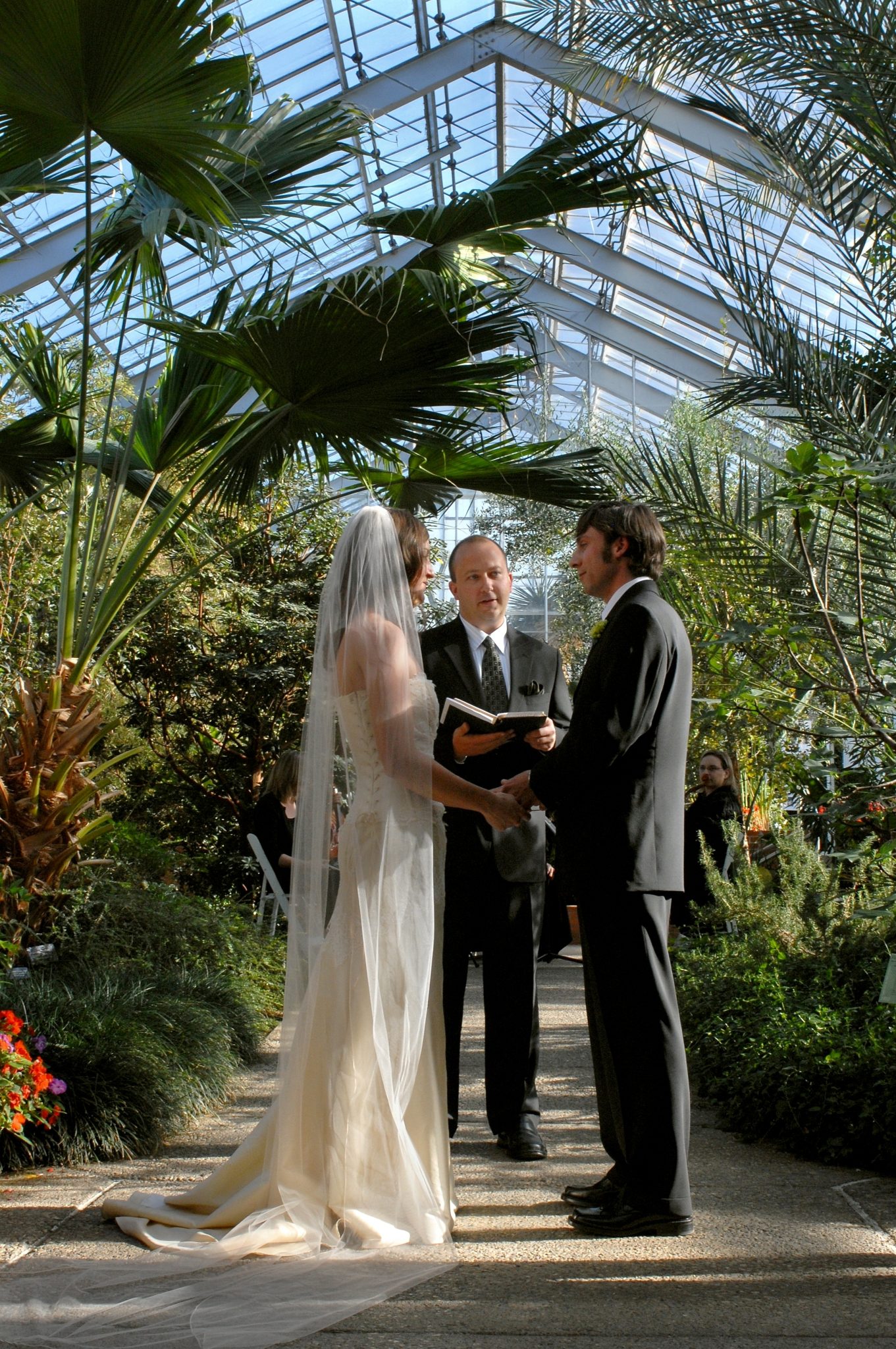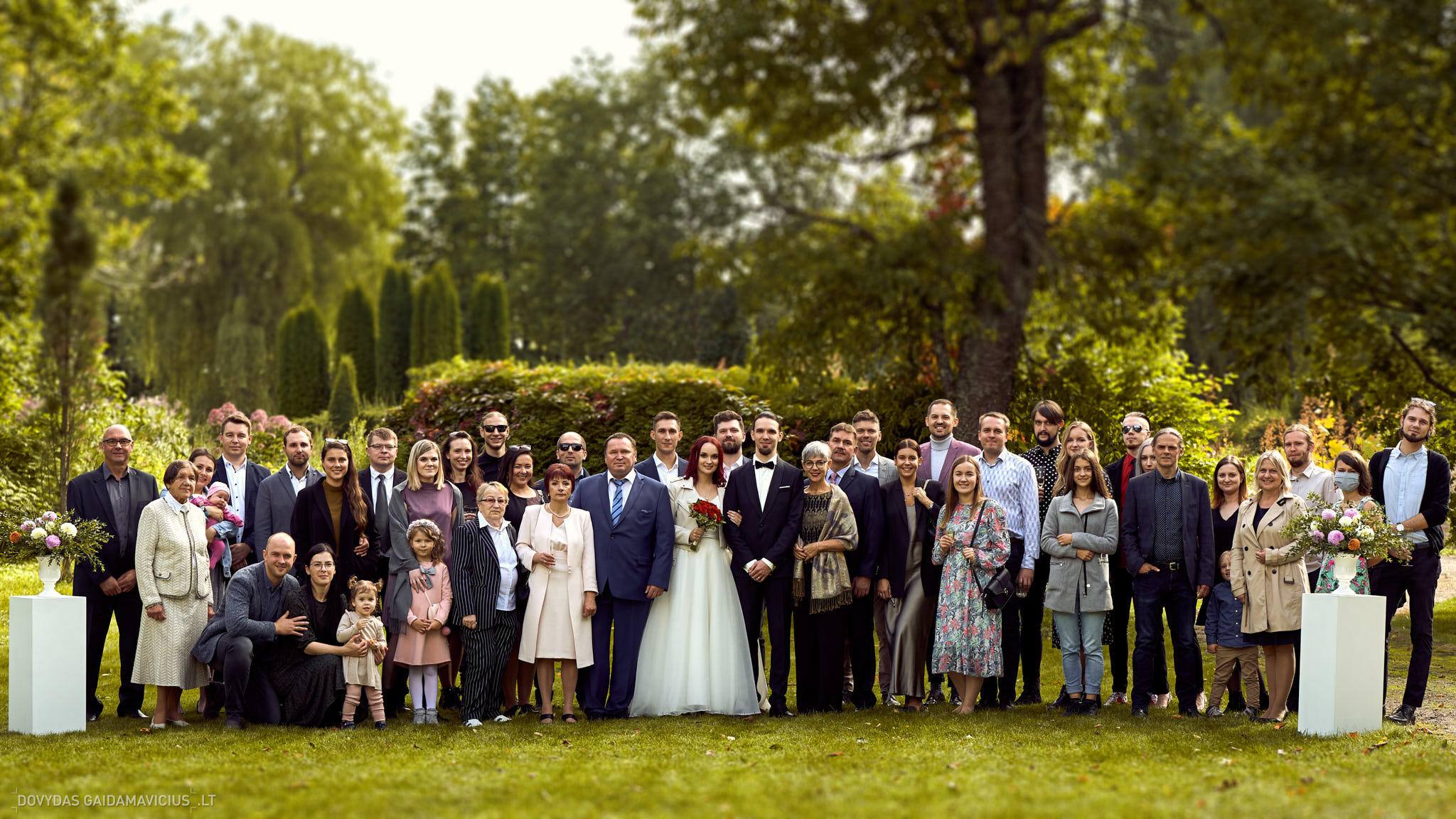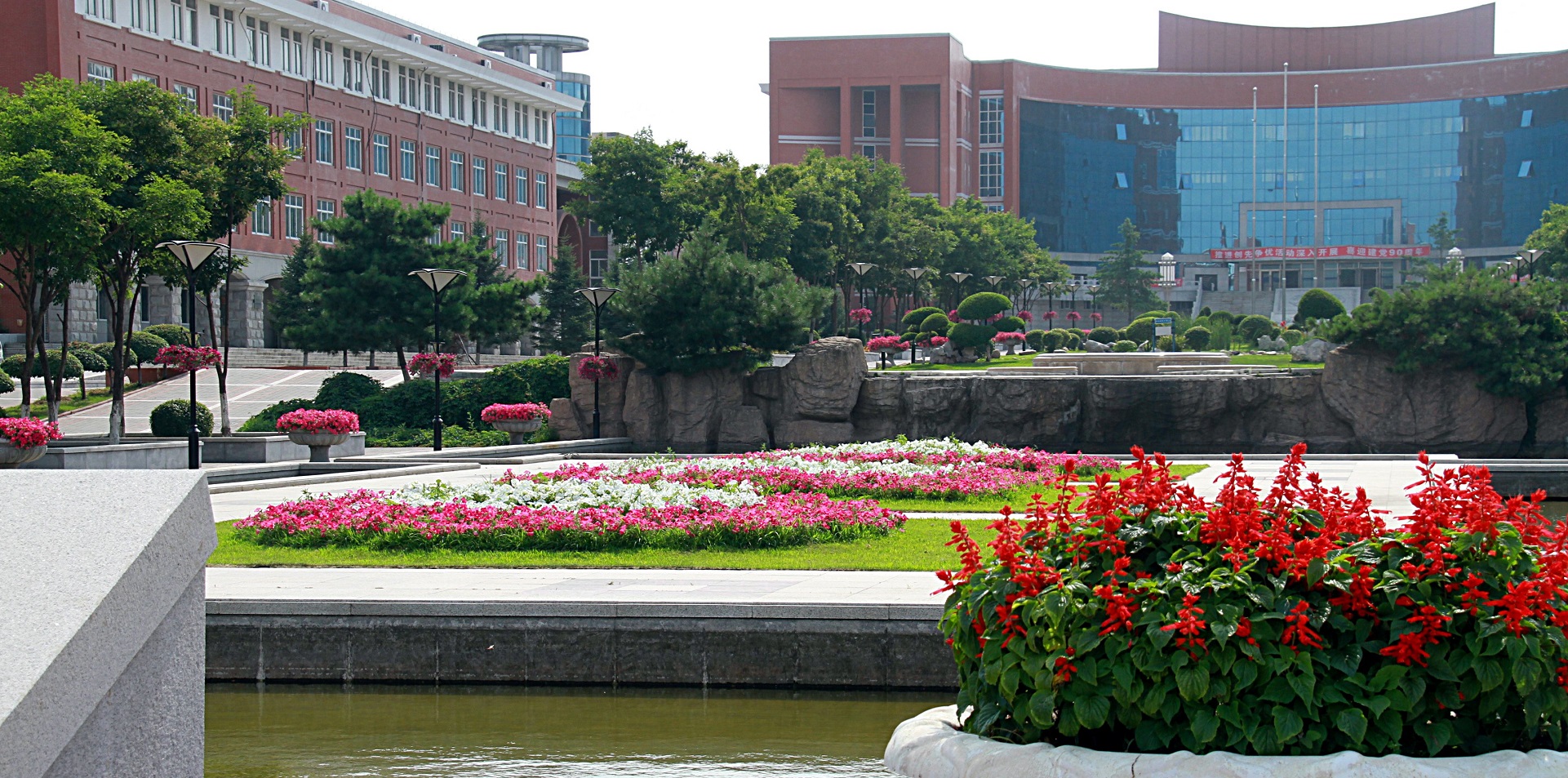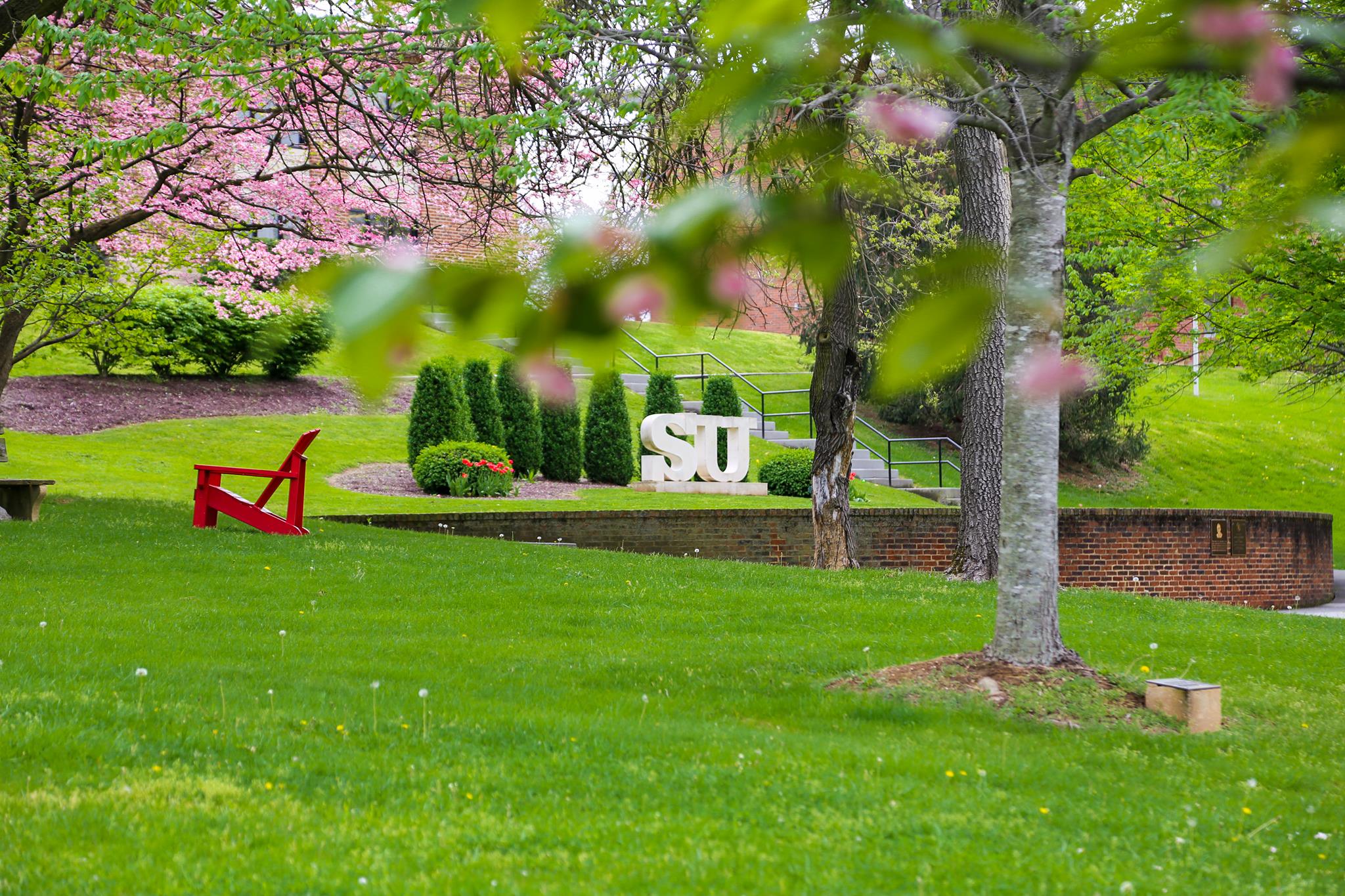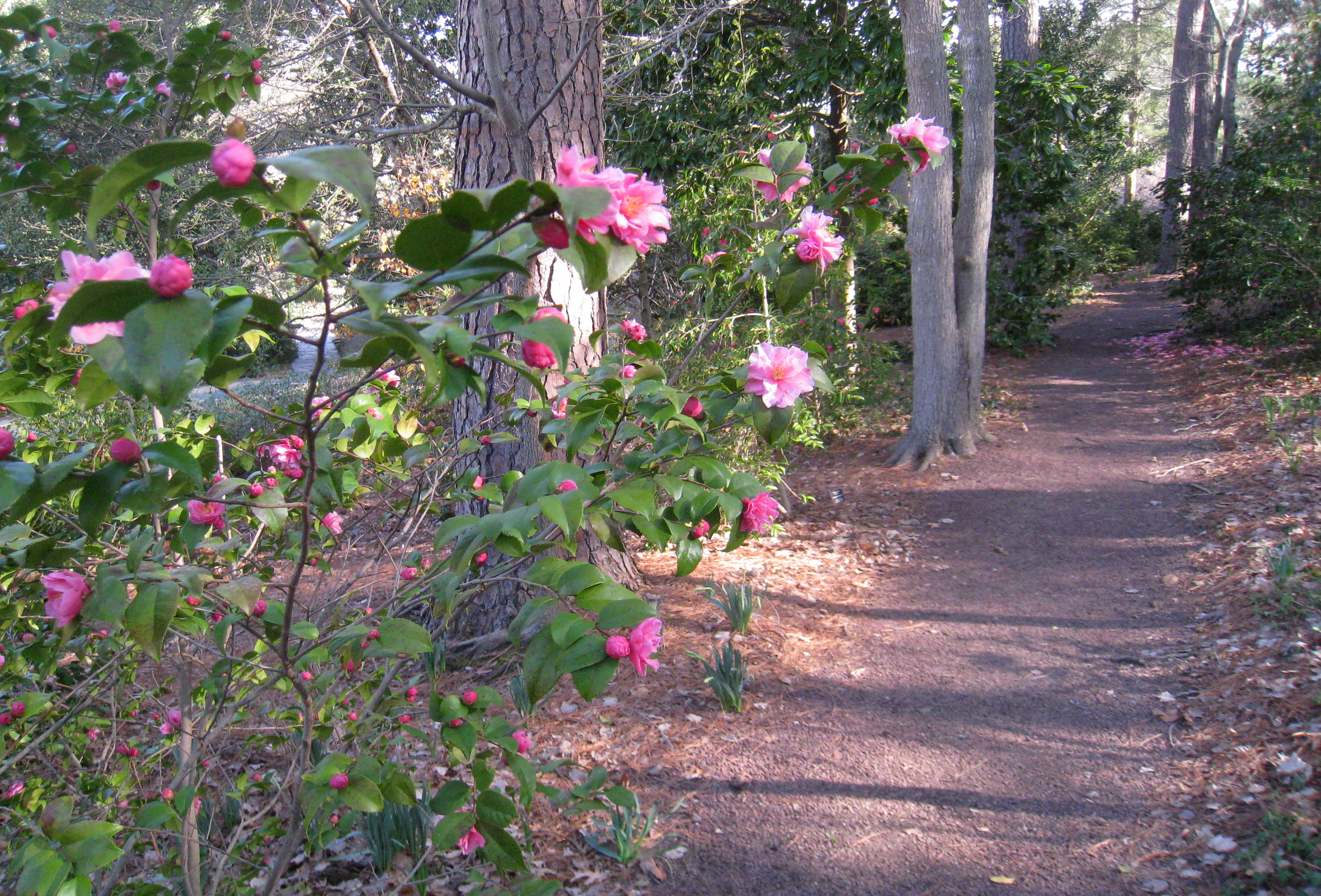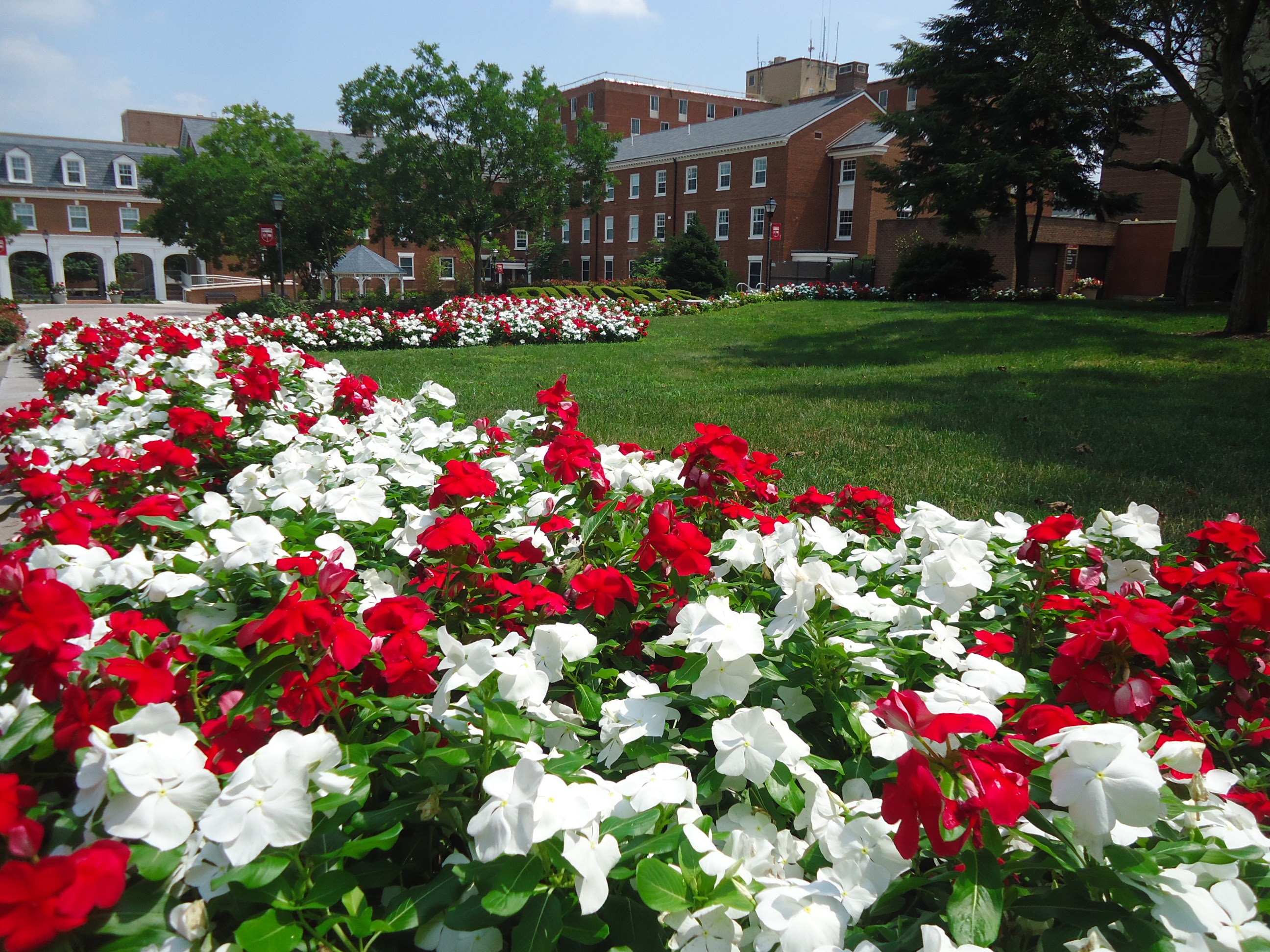History of Western Civilization Told Through the Acoustics of its Worship Spaces
Tag Archives: D7
- Home
- Posts tagged "D7" (Page 5)

Lights Out
“If You Can Measure It, You Can Improve It” (Lord Kelvin)
Critical Operations Power Systems
Operational Resilience of Hospital Journal Article Published Inaugural Issue
Consuting-Specifying Engineer | Risk Assessments for Critical Operations Power Systems
Electrical Construction & Maintenance | Critical Operations Power Systems
Facilities Manager | Critical Operations Power Systems: The Generator in Your Backyard
National Electrical Code: Article 110 Requirements for Electrical Installations (Section 110.5 was revised to include aluminum wiring which can cut the cost of running large chunks of campus power by 2/3rds and increase campus power reliability by cutting the cost of backup feeders)
IEEE-TV Education & Healthcare Facilities Committee
Evensong “We Gather Together”
“We Gather Together” is a hymn of Dutch origin that dates back to the late 16th century. It was written in 1597 to celebrate the Dutch victory over Spanish forces in the Battle of Turnhout, part of the Eighty Years’ War. The hymn’s original Dutch title is “Wilt heden nu treden,” and it was composed by Adrianus Valerius with the music arranged by Eduard Kremser.
The hymn expresses gratitude for deliverance from oppression and has been associated with themes of thanksgiving and communal celebration. It was brought to America by Dutch settlers and became widely popular in the United States, particularly for its use during Thanksgiving services and celebrations.
The English version, commonly sung in the United States and Canada, was translated by Theodore Baker in 1894. Over time, “We Gather Together” has become a beloved hymn in North America, often sung at Thanksgiving gatherings and religious services to express gratitude and unity.
New update alert! The 2022 update to the Trademark Assignment Dataset is now available online. Find 1.29 million trademark assignments, involving 2.28 million unique trademark properties issued by the USPTO between March 1952 and January 2023: https://t.co/njrDAbSpwB pic.twitter.com/GkAXrHoQ9T
— USPTO (@uspto) July 13, 2023
Standards Michigan Group, LLC
2723 South State Street | Suite 150
Ann Arbor, MI 48104 USA
888-746-3670

















